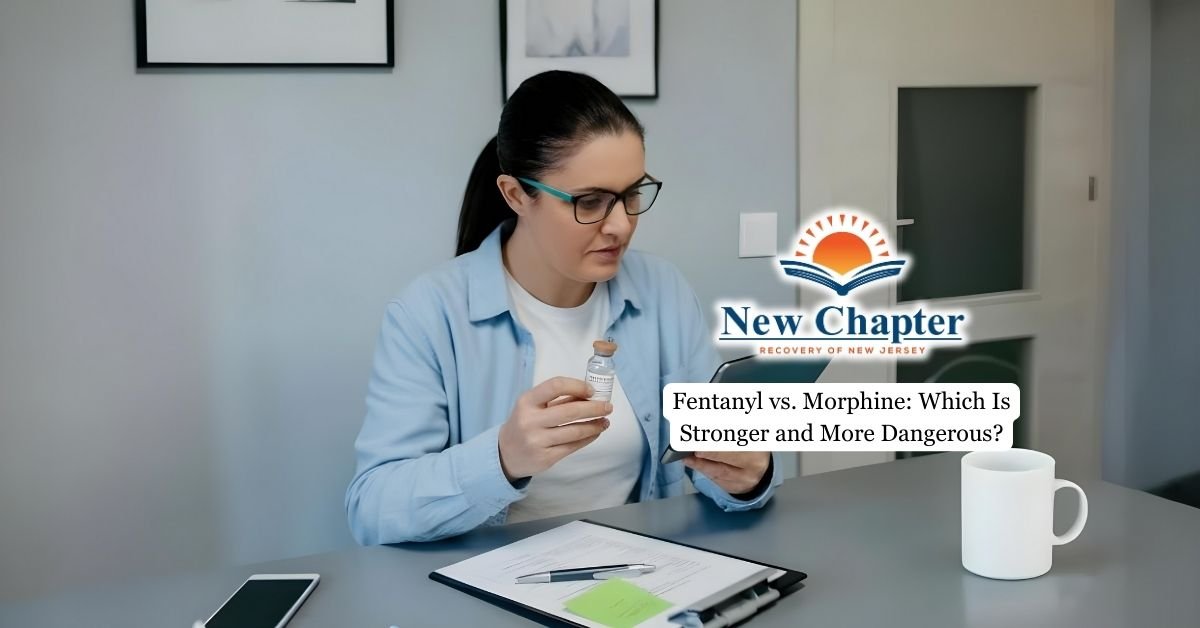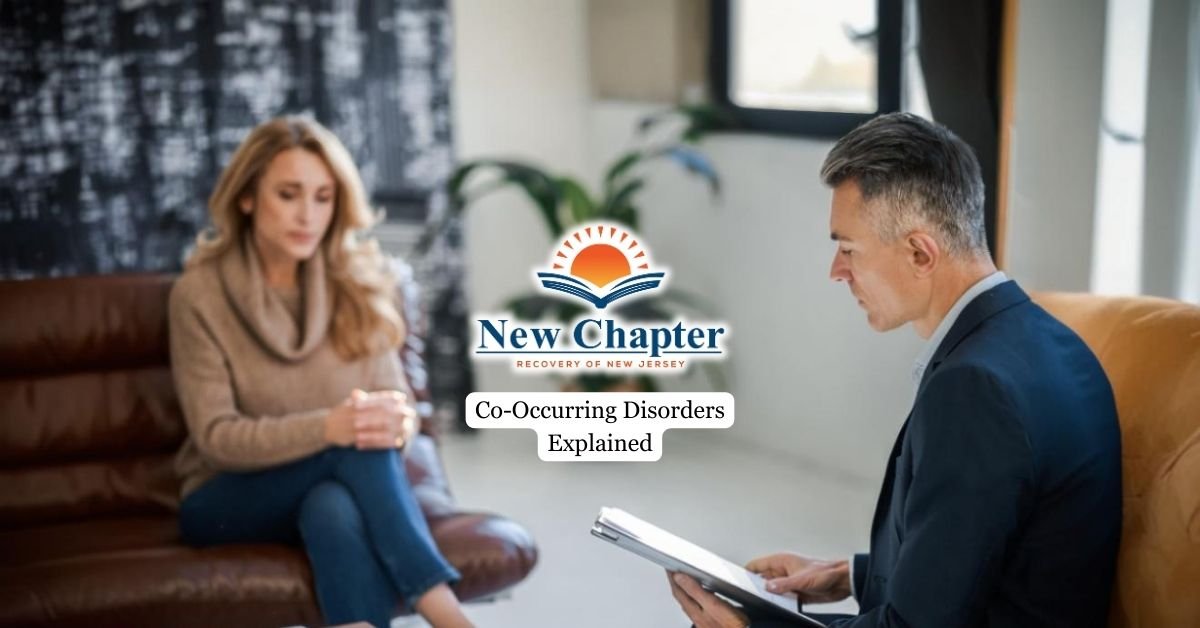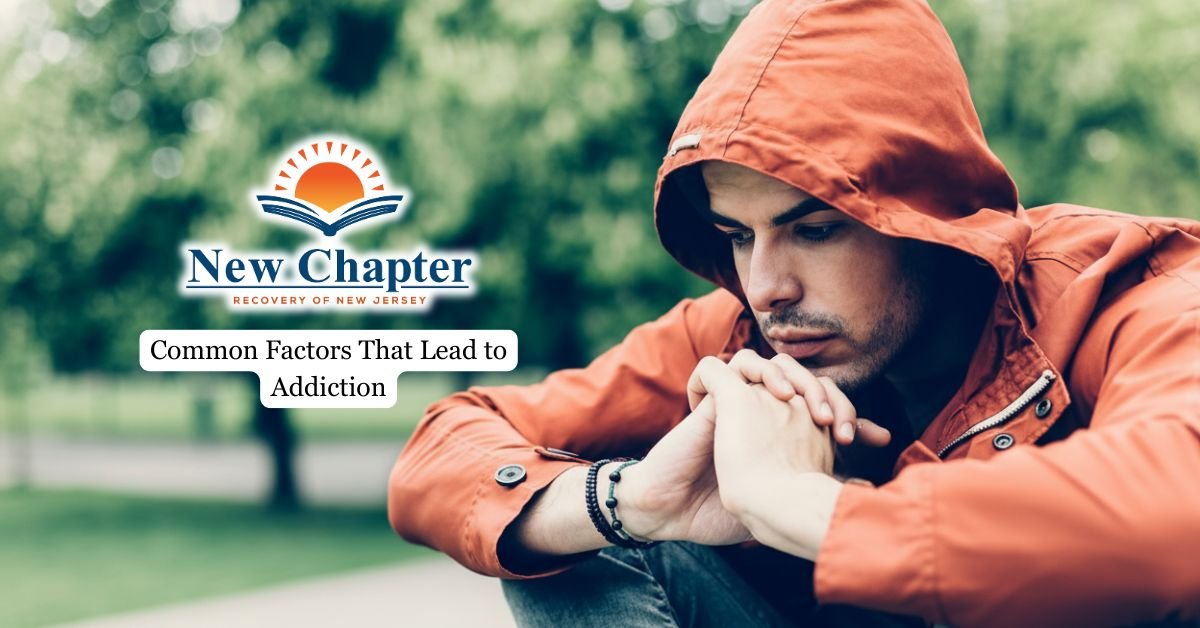To gain a deeper understanding of the complex nature of addiction, professionals have created several models, including the 4 C’s of Addiction. This model offers a systematic approach to comprehending the essence of addiction, its development, and the obstacles encountered by individuals pursuing recovery.
This article aims to showcase each of the 4 C’s in-depth, examining how they interconnect to create the cycle of addiction and how grasping these components can inform effective addiction treatment and recovery approaches.

Compulsion
Compulsion, the first C in the cycle of addiction, traps you in a relentless pursuit of substances despite the devastation it leaves in its wake.
You’ll find yourself consumed by an overwhelming urge to use drugs or alcohol, even when it means neglecting responsibilities and damaging relationships.
The compulsion of substance use disorder can drive you to engage in destructive behaviors, such as lying or stealing, to obtain and use your substance of choice.
These irresistible cravings are fueled by changes in your brain chemistry, particularly in the reward system and dopamine levels.
To break free from the grip of compulsion, professional intervention is often necessary, as the power of addiction can make it feel impossible to stop using on your own. Here you can read more about addictive personality and how it relates to the cycle of compulsion and substance use.
Craving
The insatiable hunger for substances, known as craving, is the second C in the cycle of addiction. You experience an intense, uncontrollable urge to use that overpowers all other priorities and needs, often mimicking physical necessities like hunger or thirst.
This craving can lead to significant psychological distress, including anxiety and agitation, especially when the urge to use remains unsatisfied.
Environmental cues, such as specific people, places, or situations associated with past substance use, can trigger these cravings.
You may also exhibit physical symptoms, like restlessness or insomnia, further complicating your ability to resist. Effective treatment strategies, including Cognitive Behavioral Therapy (CBT) and Medication-Assisted Treatment (MAT), focus on recognizing, managing, and reducing the intensity of your cravings.
Consequences
Consequences refer to the extensive negative effects that stem from extended substance abuse or addictive behaviors.
The consequences of addiction extend beyond the individual, affecting family, friends, and society as a whole. In terms of health, addiction can cause chronic illnesses, mental health problems, and even death.
Health issues like liver disease, cardiovascular issues, and increased risk of infectious diseases can ravage the body of an addict.
Financially, it frequently leads to unemployment, debt, or bankruptcy due to the expense of the substance or the inability to sustain a job. Legally, individuals may face arrests, fines, or imprisonment.
Socially, relationships deteriorate, trust is broken, and social isolation becomes prevalent as the addict’s behavior becomes increasingly self-centered and unpredictable.
Control
Once addiction takes hold, you’ll find yourself grappling with control, or more accurately, the lack thereof.
At first, people may think they can address their substance use or addictive behavior by setting boundaries or making commitments to stop. However, as the addiction worsens, this sense of control fades, and the substance or behavior becomes the top priority in all aspects of life.
This loss of control isn’t simply a lack of willpower, but the result of the brain’s reward system being taken over, where the addictive substance or behavior becomes the main source of pleasure or relief from discomfort.
Regaining control is a key objective of recovery, which involves not only stopping the use but also rebuilding the ability to make decisions without the overwhelming influence of addiction.
Treatment strategies aim to empower individuals to reclaim control through therapy, support systems, and sometimes medication, helping them navigate life without the harmful substance or behavior dictating their actions.

Understanding the Connection of the 4 C’s
When you’re caught in the cycle of addiction, the Four Cs—compulsion, craving, consequences, and control—intertwine to reinforce substance use despite its devastating effects.
Compulsion drives you to seek substances even when faced with negative consequences, creating a vicious cycle where the need to use overpowers rational thought and responsibility.
The consequences of continued substance use can be severe, including health issues, damaged relationships, and legal troubles. Yet, despite these negative impacts, the compulsion to use persists.
As the cycle progresses, you may find your attempts to regain control ineffective, leading to a sense of helplessness and further entrenchment in addiction.
Final Thoughts from New Chapter Recovery
At New Chapter Recovery, we recognize that recovering from addiction involves more than simply abstaining from substances but it’s also about regaining control of your life, and mending relationships. Our Intensive Outpatient Program in New Jersey is designed to support you through this transformational journey to overcome addiction, offering a nurturing environment where you can heal, grow, and rediscover your life’s purpose.






